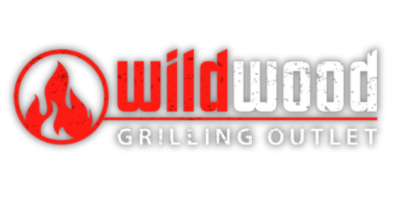Winter has finally given way to a beautiful spring here in the Northwest. This spring, before we know it, will become summer, where the Alaskan fishing industry will quietly swing into full gear. Keep this in mind when you're shopping for salmon this coming season:
When we bring salmon home from the store to enjoy a wonderful meal, we might not consider exactly how this particular salmon got to our dinner plate. Still, in the next few months, commercial fisherman in Alaska will track some of the various life-cycles of herring and salmon while also providing an insight into the fishing industry. The fishing industry most familiar to me is commercial fishing district of Bristol Bay, Alaska. Bristol Bay is located roughly 300 miles west of Anchorage. Bristol Bay is home to five river districts that provide some of the largest and richest runs of sockeye salmon in the world.
In order for this fishery to remain a viable and natural resource, the Alaska Department of Fish and Game (ADF&G) controls these rivers to ensure that escapement numbers are reached. What are escapement numbers? Escapement numbers are the fish allowed to return to the spawning grounds to reproduce. For instance, in 2009, according to the ADF&G, the total salmon returning to Bristol Bay was 40.43 million fish, of which 9.53 million sockeye were allowed to escape. The ADF&G predicts a slightly smaller run this year of 39.77 million fish, where 8.01 million fish are allotted for escapement and 31.76 million fish are allotted for processing. These numbers, for this area of Alaska, are fairly typical over the recent years.
Why are escapement numbers important? These fish that escape and reproduce provide this renewable and precious resource that allows us to enjoy a delicious source of protein while maintaining the delicate balance of the Alaskan eco-system.
At an average selling price of $0.70 per pound for sockeye in 2009, fishermen make some or all of their living in this relatively short six week season. Fishermen generally have a contract to fish for a certain processing company which buys their entire catch. From the moment of catch to the processing facility and beyond, finally landing at your local seafood department, quality control remains paramount. Processors are charged with the responsibility of preparing the salmon safely for the specific market buying them. For instance, some processors focus on specialty markets, such as smokehouses, while others fill industrial sized orders. In later entries we will discuss the specific processes that go into preparing an average salmon for the market.
Although the average salmon season lasts only six short weeks in Bristol Bay, there is no lack of preparation that goes into a typical season. No matter whether one works on the fishing boats or in a processing facility on land, the fishing industry is grueling work, and Bristol Bay isn't the only place to find it. While sockeye salmon may reign king in Bristol Bay during the months of June and July, Pink and Coho Salmon have later or more abundant runs in August and September in other parts of Alaska. Fishing remains a dangerous job, but no matter how tough and dangerous the work, the American spirit remains well and alive to accomplish the task.
In addition to salmon, Alaska is home to other marine fishing operations, dredging up seafood types from Crabs to Pollock. Alaska provides an extraordinary amount of marine produce for the world to enjoy.
*If you enjoyed this blog post, please subscribe to our newsletter on the bottom of the page. You will receive an occasional e-mail about Big Sales, Free Giveaways and More!
